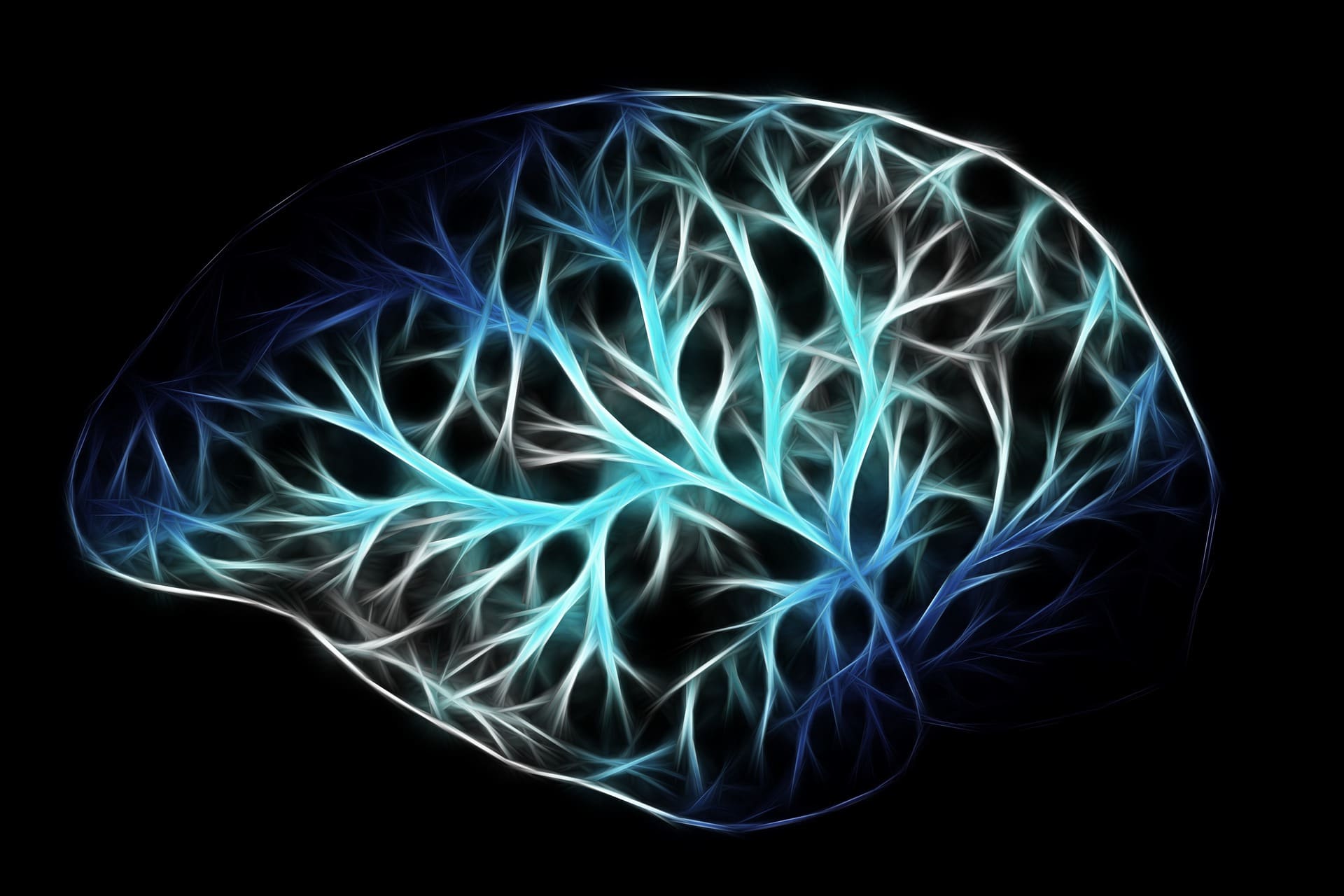You frequently get caught off guard and left with an odd sensation when you get the strange experience of having been somewhere or done something previously, which translates from French as “already seen.”

Finally, a reason!
Have I previously lived? Am I a spectre? Time traveller? Are all the largely nonsensical ideas that flash into your head at that very time. But why is this happening?
Scientists have discovered what they believe to be one of the causes of everything, so they feel they are one step closer to understanding it.
People have been experiencing déjà vu for a few hundred years, and several theories have been put forth to explain it, including that it is a symptom of mental illness or something more supernatural.
And in the early years of the twenty-first century, a scientist by the name of Alan Brown investigated all the previous studies that had been done on the topic.
Even though he discovered a tendency to believe it to be supernatural, Brown did come across several research that used average individuals rather than mediums and psychics.
There were even hints that some persons were having a type of epileptic seizure on the brain, and the majority of occurrences appeared to have been initiated by a location or discussion.
Scientist Anne Cleary conducted her own experiment to further explore the subject after being inspired by Brown’s research to do so. In this experiment, she examined a theory known as the Gestalt familiarity hypothesis.
The fundamental tenet of the theory is that déjà vu is caused by having a memory of a location from the past that one can’t immediately recall but that has similarities to the current environment.
As an illustration, when you enter an office building, you instantly feel as though you have been there before even when you haven’t.
It’s possible that you’ve been to a scenario like this before; perhaps the tables and chairs, or even the windows, were set up like they were in your old school or doctor’s office.

According to the Gestalt familiarity theory, if you can’t remember that previous environment right away, you end up feeling like… déjà vu.
Cleary put the idea to the test by manipulating settings and situations in virtual reality to see if there was a connection between memory and déjà vu.
Regarding the experiment, she wrote in The Conversation as follows: “As expected, respondents were more likely to have déjà vu when they were in a scene with the same spatial arrangement of elements as an earlier scenario they had seen but couldn’t remember.
“According to this study, a spatial similarity between a fresh scene and one in memory that isn’t being consciously summoned to mind at the time can cause déjà vu.
“However, it does not imply that spatial similarity is the only reason for déjà vu. Very likely, numerous aspects might contribute to what makes a scene or a scenario feel familiar.”
Have you read this article already? Well, that’s probably Déjà Vu.


